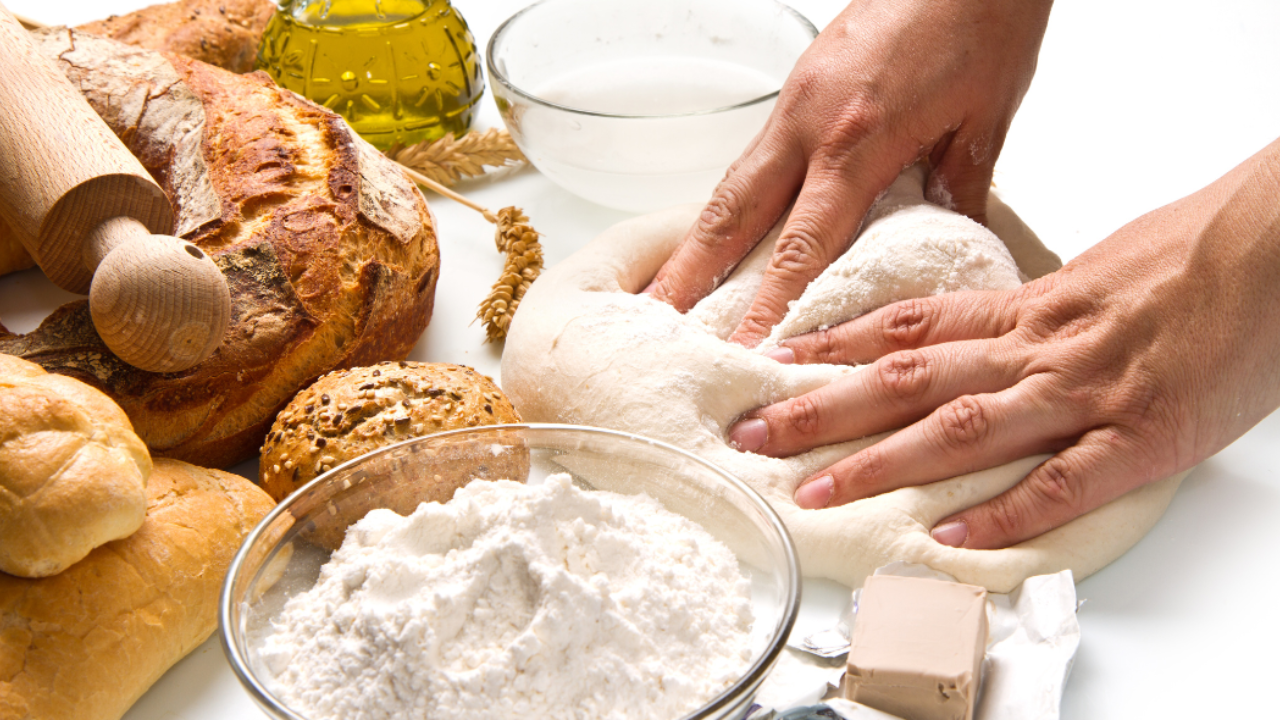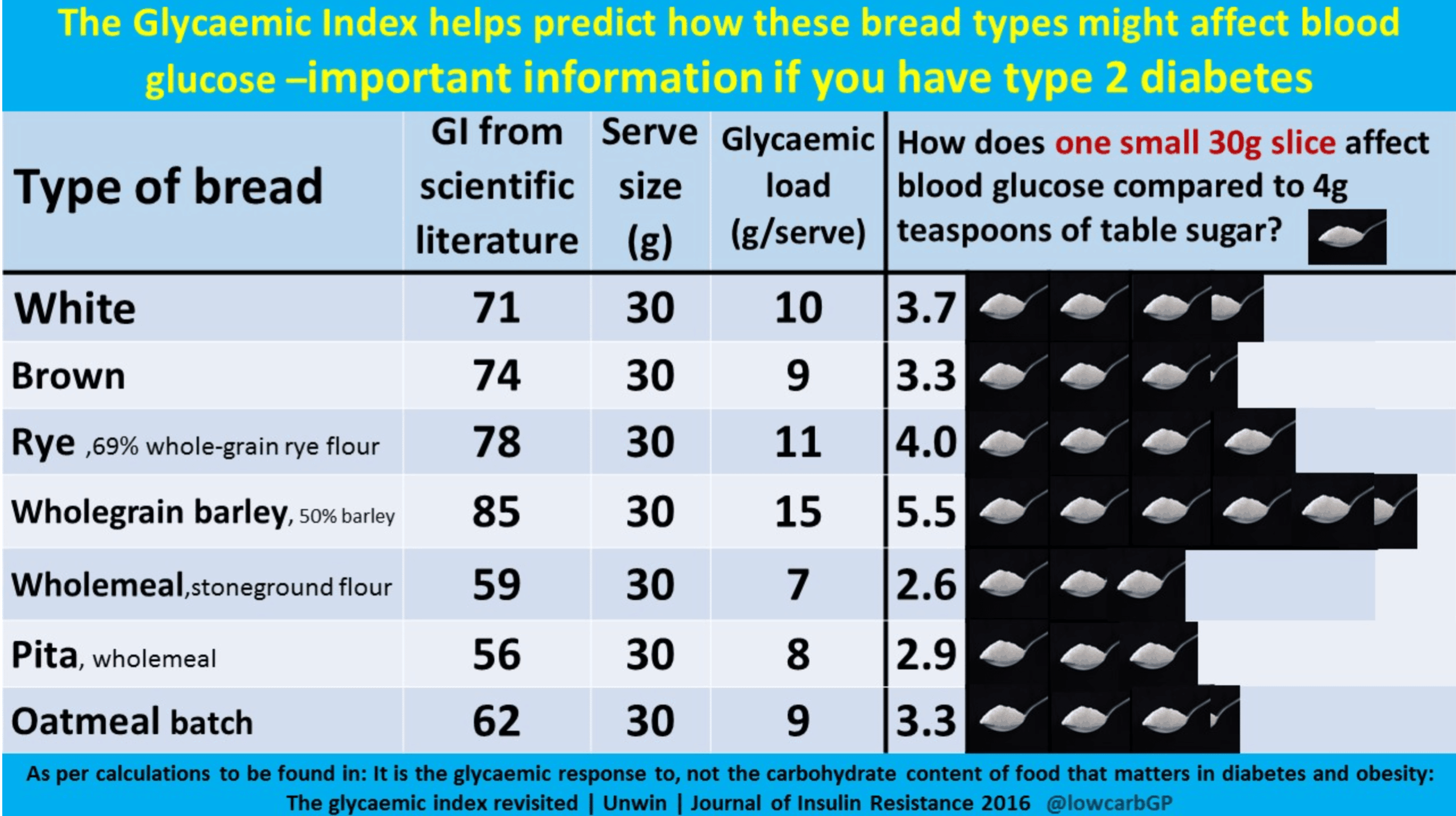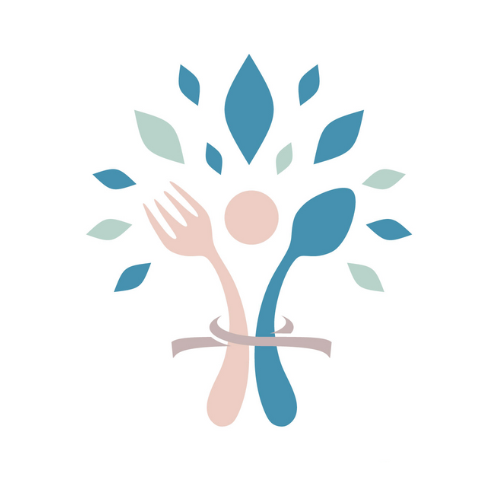
14 Feb Why Cutting Down Bread Can Be Challenging and How It Relates to Reversing Type 2 Diabetes
For many people, being asked to reduce bread consumption is met with groans, objections, or even outright refusal. Yet, high bread intake is closely linked to weight gain and elevated blood sugar levels, which can make managing or reversing Type 2 Diabetes more difficult.
Bread is a simple carbohydrate, meaning it is digested quickly. Glucose molecules enter the bloodstream rapidly, causing a spike in blood sugar. Within 2–3 hours, blood glucose drops, triggering hunger and cravings — the start of the “sugar rollercoaster.”
How Much Sugar Is in a Slice of Bread?
Look at this table by Dr David Unwin. It demonstrates that a single slice of bread can be equivalent to consuming up to 5.5 teaspoons of table sugar!

Even though other simple carbohydrates, like rice and pasta, have similar effects on blood glucose, bread often provokes the strongest objections. But why?
Is Bread Actually Addictive?
Some clinicians believe that grains may be addictive. Gluten contains compounds called caseomorphins, which can trigger responses in the brain similar to opiates, suggesting a potential for addictive properties and even withdrawal symptoms.
Modern bread differs from what our ancestors ate. Wheat is now bred to grow faster and more resiliently, resulting in products that digest quickly and spike glucose levels. Factory-made breads often include chemicals and additives to increase shelf life, which can further affect digestion and health.
Does Bread Quality Matter?
Yes, quality is key. While there are small differences in glycemic index between white and brown bread, less processed bread is generally better. Avoid long-shelf-life breads, which are more likely to contain chemicals. Sourdough bread can benefit the gut microbiome as it contains natural bacteria.
What Are the Benefits of Reducing Bread Consumption?
- Weight loss
- Reduced bloating
- Increased energy levels
- Less hunger and cravings
- Improved blood sugar control
What Are Practical Tips to Cut Down on Bread?
- Cut down gradually rather than stopping completely.
- Switch to wholegrain bread and focus on quality.
- Freeze bread to make it less accessible and harder to overconsume.
How Does Reducing Bread Intake Help Reverse Type 2 Diabetes?
Reducing bread, especially refined types, helps stabilise blood sugar and improve insulin sensitivity — crucial steps in reversing Type 2 Diabetes. Combined with a balanced, low-glycaemic diet, regular physical activity, and mindful eating, it provides a strong foundation for metabolic health.
For a structured guide, watch Dr Nerys’s free three-part Health Breakthrough video series and download the Blood Sugar Guide to start reversing Type 2 Diabetes naturally.
Conclusion: What Should You Do Next?
Cutting down bread may be challenging, but the benefits for weight management, energy levels, and blood sugar control are significant. Focus on quality over quantity, gradual reduction, and mindful consumption.
Take control of your diet, combine it with lifestyle strategies, and you’re taking tangible steps toward reversing Type 2 Diabetes. Your health is in your hands — start today!
